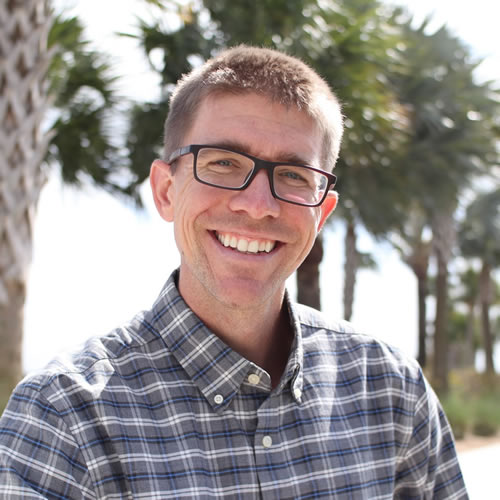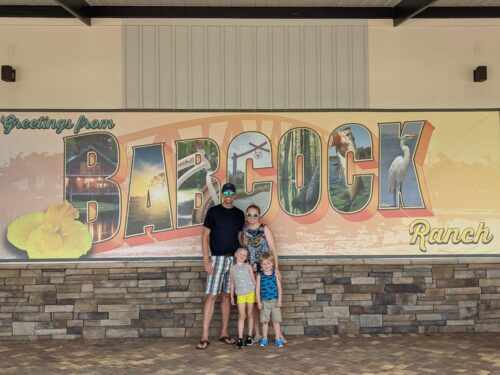
Our Lights Stayed on During Hurricane Ian
An RMI-er recounts his family's experience braving Hurricane Ian and why the lights stayed on in his solar-powered sustainable community.
My family and I survived our first hurricane. Hurricane Ian passed right over our head and pummeled the west cost of Florida with high winds for 6-10 hours. The storm ravaged our local area in Southwest Florida and is expected to rank among the 10 worst in US history, measured by the cost of the destruction.
And while the Hurricane knocked out power to more than 4 million Florida customers — and more than a half million are still without power as I write this — our lights only flickered, and then stayed on. Fortunately, we live in a master-planned community focused on sustainability and resiliency.
The Hometown of Tomorrow
Babcock Ranch, just 20 miles from Fort Myers, claims to be “the Hometown of Tomorrow.” It’s powered by two solar farms north of town totaling 150 MW of capacity that provide enough energy for all of the town’s residents and businesses. The systems are connected to and run by the local utility, Florida Power & Light. The solar farms include 40 MWh of battery storage, so that if the wider grid goes down, the community shifts to battery power and the lights stay on. When built, the system was the largest operating solar-plus-storage project in the United States.
Babcock Ranch has other sustainability features as well. The foliage and plants have a high mix of native species – 70 percent must be “native” according to the rules. Pine straw is used instead of mulch. Nearly everything from the town square, playground, school, and grocery store is within walking distance. And there are plentiful trails to run, walk, or ride.
When we purchased our place, units ranged from $175,000 up to over $1 million. The affordable range, we hoped, would attract a mix of socioeconomic backgrounds. The design of the town and all of the aforementioned details ensure that sustainability comes easily and automatically. It’s a wonderful premise!
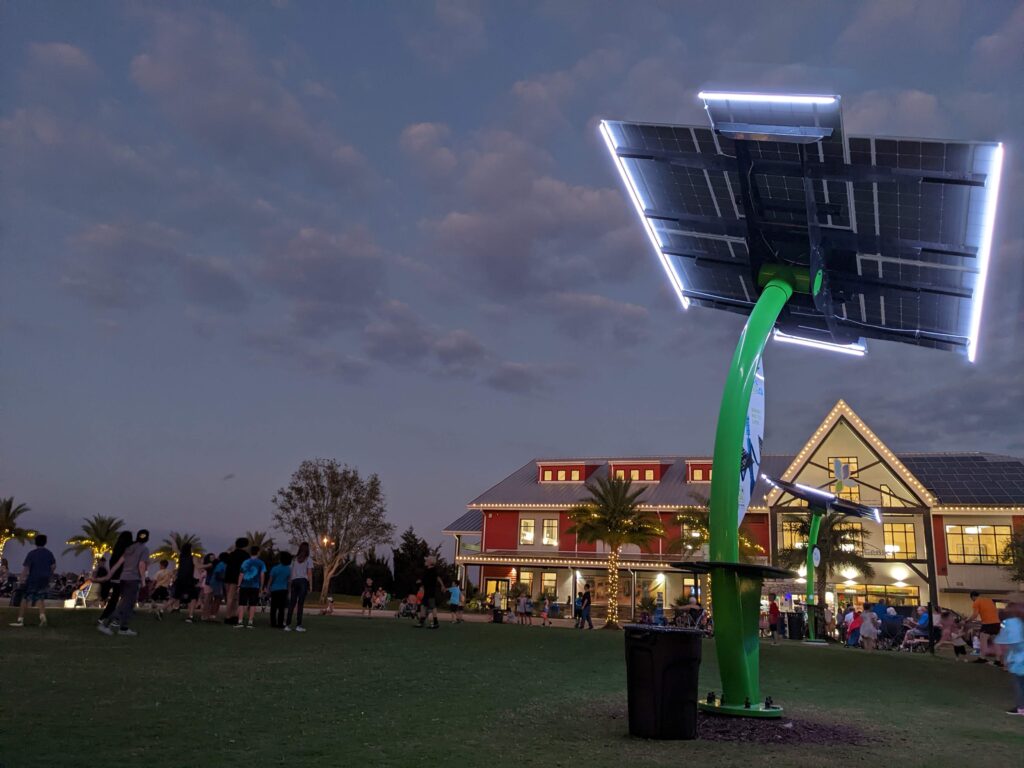
Soon after my wife, my two kids, and I moved into our new home, in 2021, the real estate market boomed. Houses began selling quickly – and Babcock Ranch was no exception – rising to 14th in the nation for best-selling master-planned communities. This unexpectedly quick growth meant some corners got cut. And more people moving to the town, with a diverse set of reasons, led to a few compromises of some of the sustainable pledges. We feared that the sustainability selling point was nothing more than marketing verbiage. That is, until Ian hit.
All around us, I saw the flooding, impassible roads, fallen power lines, and homes literally destroyed by winds and water. We learned of so many friends and acquaintances who were without power or trapped in their homes. However, Babcock Ranch stood up to the storm uncommonly well.
Braving the Storm
The week before the hurricane, a friend sent me a text telling me there was an unnamed storm that I should watch closely. As the days passed, Ian got a name and was forecasted to be a Hurricane approaching Tampa. Phew! However, with each passing day, the forecast moved further south (toward us) and looked like a stronger storm. On Monday, I began seeing neighbors putting up storm shutters and decided to follow their lead – still thinking we didn’t need them.

The night before the storm was to hit, the forecast now showed clearly that we’d be in the eye of the storm. We locked ourselves into the relative safety of our shuttered house for the night and braced for what was to come.
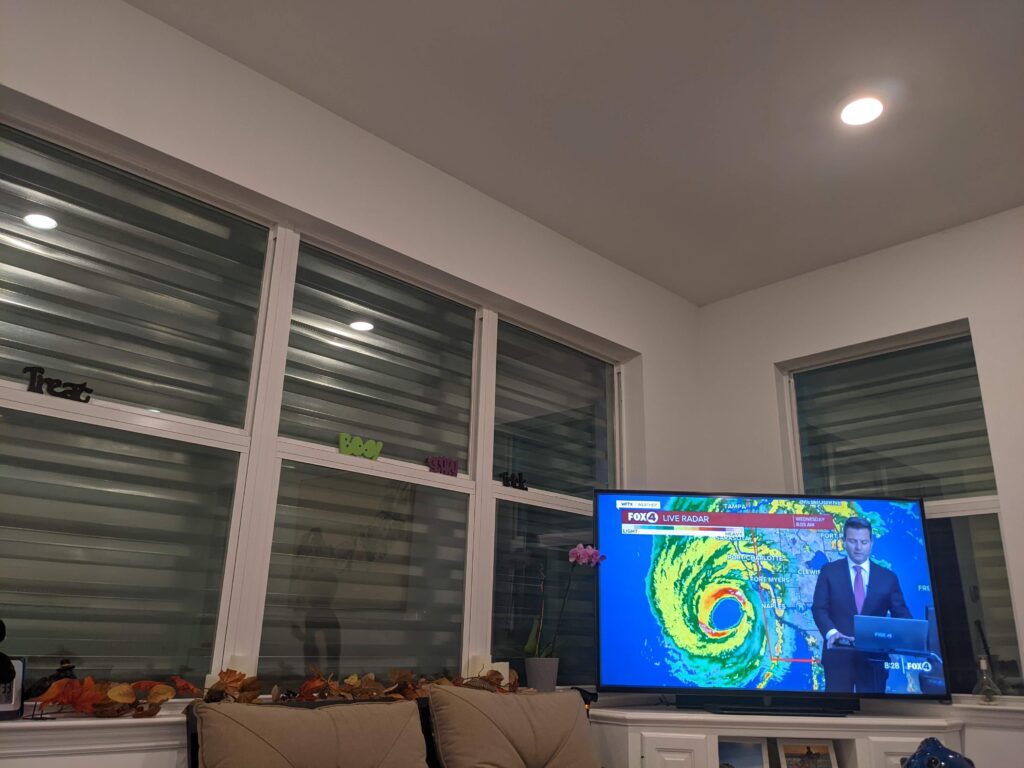
The morning of Hurricane Ian was otherworldly. We opened our front door blockade to see a fast-moving sky and some modest winds and rain. By noon, the winds began to approach insane speeds. We kept the final piece of the front door shutter off to watch the weather. Palm trees tilted in the wind. A port-a-potty blew over and into the lake. Small trees became uprooted after losing a fight with the early wind. The lights flickered. We filled the bathtubs with water to flush toilets in case we lost power and water services. The lights flickered again.
We turned down the AC to an uncomfortably cold temperature for when we lost power. By the time the eye of the storm was supposed to give us respite, we learned that we’d remain on the outer edge of the eye and not get a break. The lights flickered once more. The wind direction changed and new trees uprooted. Shingles flew off houses. The real damage was beginning. We shuttered our door for safety and heard relentless winds blowing by as we turned up the volume on the TV to drown it out, not knowing how long we’d have power. We all fell asleep on the couch after a long, daunting day of listening to more than eight hours of wind noise. But we didn’t lose power.
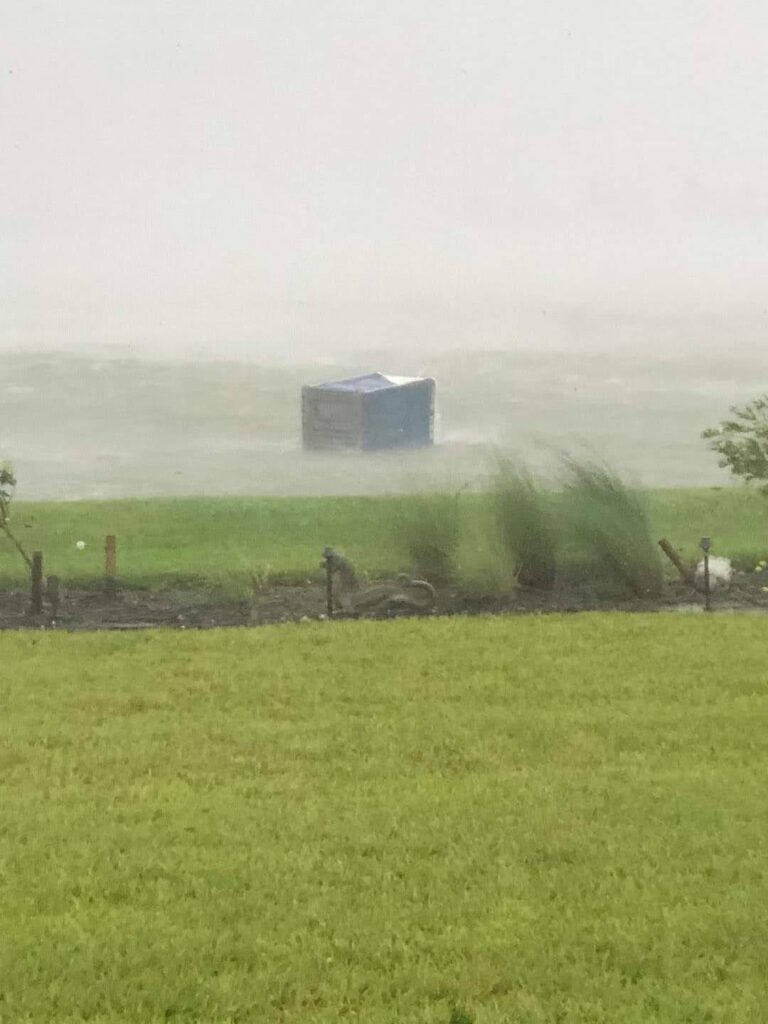
Babcock Rides Out the Storm
Waking up the next day, still surprised to have power, we went out to assess the damage. Around Babcock Ranch, most folks travel around via their electric golf cart for groceries, school transportation, and visiting neighbors. My family loaded up on our golf cart to check things out. Leaving our neighborhood, we saw a large fallen tree in the road. In the town square, a metal awning had broken welds and fallen over the doorway. Signs had lost letters and were bent out of shape. More fallen street signs and uprooted trees as we progressed toward the school. While it was unsettling to see uprooted trees, homes “only” had missing shingles and torn screen enclosures. No homes seemed to have meaningful damage.
As others ventured outside of our little bubble, the damage inflicted by Ian on the outside world became clear. Hurricane Ian had left death and destruction in its path. Our supermarket is the only one open in the area because it still has power, and the parking lot is constantly packed. It’s incredibly difficult to get gas, so we’re extremely lucky that we can get around in our electric golf cart. Neighboring communities still don’t have power, and generators are not reliable due to gas supply.
Why did Babcock Ranch brave the storm so well? I have a few thoughts:
- New construction: All homes are relatively new and designed to the latest hurricane building codes. We all have “hip” roofs, not gabled roofs to deflect wind. All homes are built with cinderblocks and hurricane ties.
- Underground power lines: Wind cannot disconnect what it cannot touch. 100 percent of our power delivery is underground.
- Battery backup: Babcock Ranch’s solar and battery system provided us with reliable power. The flickering lights we experienced is rumored to have been from switching to those batteries a few times.
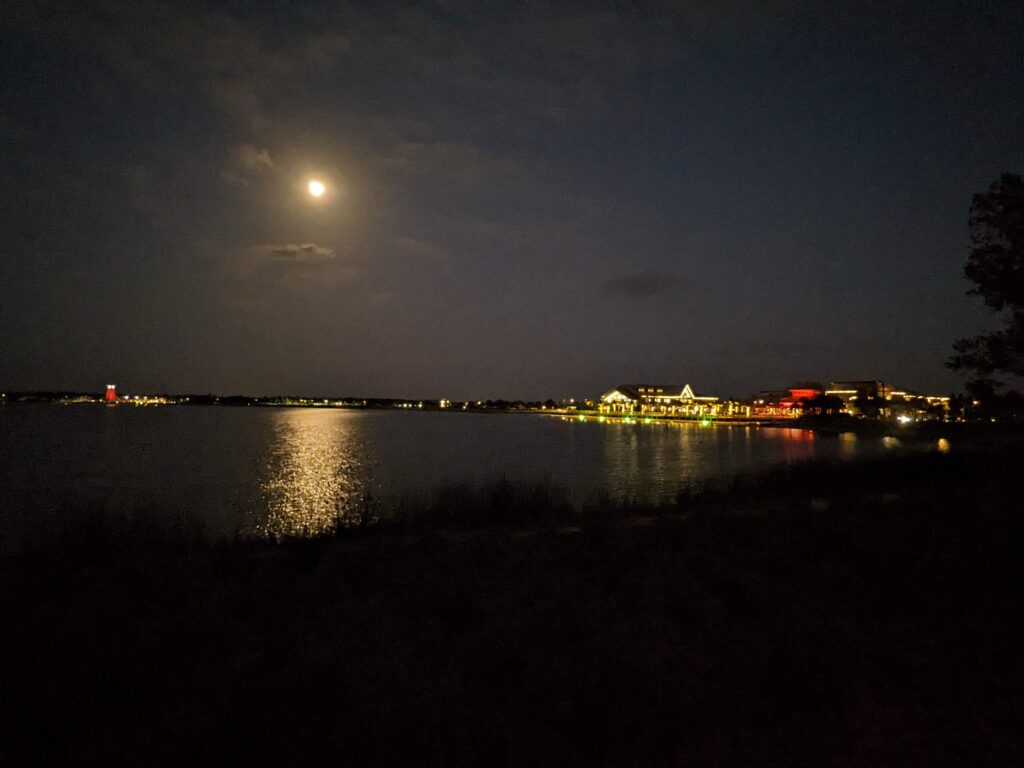
It’s safe to say that Babcock Ranch lived up to its promise to be “the Hometown of Tomorrow” during Hurricane Ian. Being a “master-planned community” this should remain a common experience in future storms. And unfortunately, experts expect more strong storms in the future as climate change causes “once in a generation” storms to be sadly commonplace.
There are only 2,000 homes sold to date, but 19,000 homes are planned in the full plan. The developer has uncommon, authoritative power to ensure the town’s expansion will continue to realize the vision demonstrated to date.
I survived Hurricane Ian, my first hurricane, thanks to choosing to live in a town designed for life tomorrow. I’m heartbroken for those who didn’t have such an uneventful experience and will be hopeful to see some of the lessons of Babcock Ranch applied to the rebuilding of Southwest Florida.
